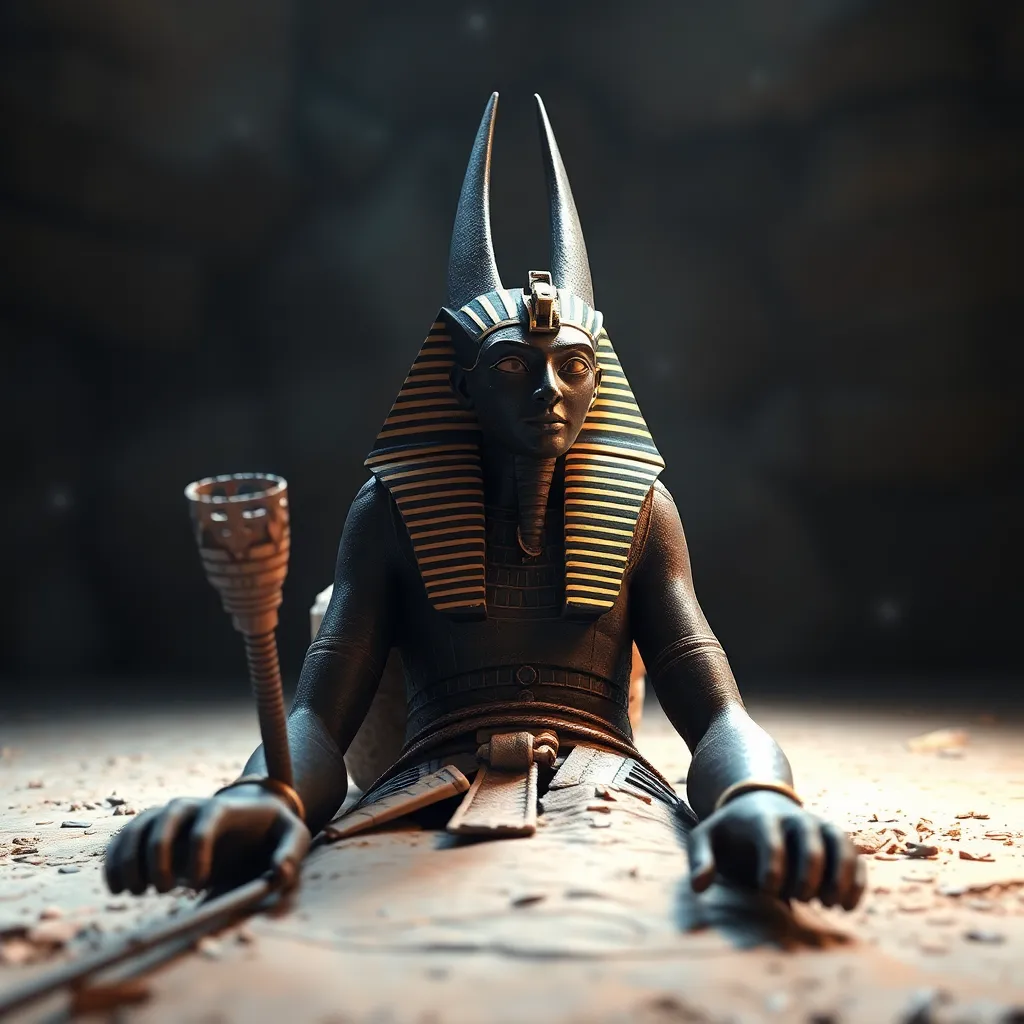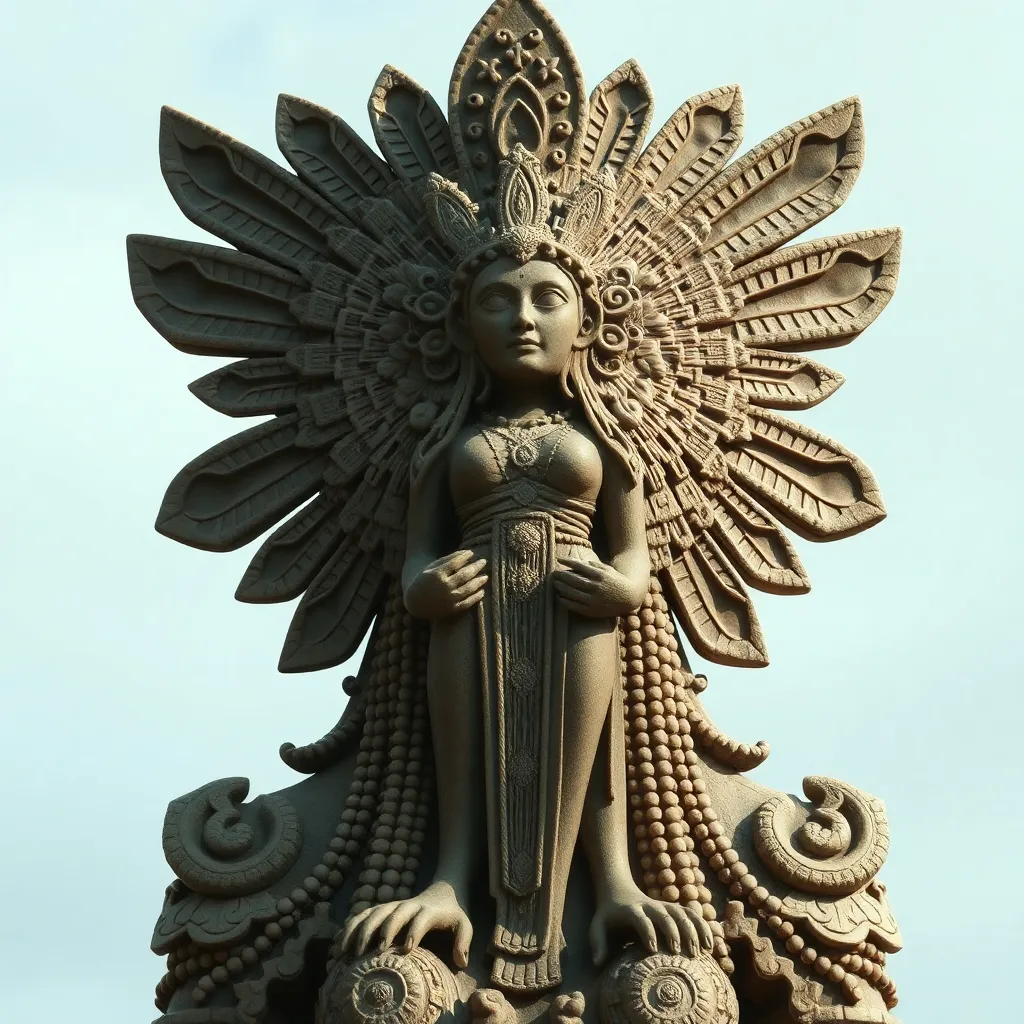The Mummification Process: A Detailed Look at Anubis’s Role
I. Introduction
Ancient Egyptians held a profound belief in the afterlife, viewing death not as an end, but as a transition to another realm. This belief significantly influenced their customs, especially regarding the treatment of the dead. Mummification emerged as a crucial practice in preserving the body, ensuring that the deceased could navigate the afterlife. Central to this intricate process was Anubis, the jackal-headed god revered as the protector of the dead and the deity associated with embalming.
II. The Origins of Mummification
The practice of mummification in ancient Egypt dates back to around 3500 BCE. Initially, bodies were interred in shallow graves, where natural desiccation occurred. As time progressed, Egyptians began to recognize the importance of preserving the body for the journey to the afterlife.
- Historical Context: Early methods included the use of simple burial techniques, but as beliefs evolved, so did the practices.
- Early Practices: The first mummies were created by accident, as bodies dried out in the hot desert sands.
- Evolution of Techniques: Over centuries, techniques became more sophisticated, incorporating the use of natron, oils, and resins.
Spiritual beliefs surrounding the preservation of the body were rooted in the idea that the soul (ka) needed a physical vessel to inhabit after death. Thus, the meticulous process of mummification became essential for the deceased’s journey to the afterlife.
III. The Role of Anubis in Egyptian Mythology
Anubis was often depicted as a jackal or a man with a jackal’s head, symbolizing his role as the guardian of graves. His responsibilities extended beyond mere embalming; he was integral to the entire funerary process.
- God of Embalming: Anubis was believed to oversee the mummification process, ensuring that the body was preserved and protected.
- Symbolism: The jackal, known for its scavenging habits, represented Anubis’s role in safeguarding the dead from desecration.
- Connection to Afterlife: Anubis guided souls into the afterlife, facilitating their transition into the next world.
IV. The Mummification Process
The mummification process consisted of several stages, each critical to the successful preservation of the body.
- Removal of Internal Organs: Embalmers would remove the internal organs, which were then treated with natron and preserved in canopic jars.
- Desiccation: The body was covered in natron to absorb moisture, typically taking about 40 days.
- Wrapping: After desiccation, the body was wrapped in linen, often with amulets placed between layers for protection.
- Final Rituals: Priests performed rituals, including the recitation of spells and the application of oils to sanctify the body.
Tools used in the process included knives, hooks, and various oils and resins, reflecting the sophistication of Egyptian embalming techniques.
V. Anubis’s Direct Involvement in Mummification
Anubis’s involvement in mummification was deeply ritualistic. Priests would invoke his name during various stages of the process, believing that his presence would ensure protection and guidance.
- Rituals and Prayers: Specific prayers were recited to Anubis, asking for his blessings on the deceased.
- Symbolic Significance: Anubis’s image often adorned the embalming chamber, serving as a spiritual guardian during the process.
- Protective Role: It was believed that Anubis watched over the body, preventing any harm during its transformation.
VI. The Weighing of the Heart Ceremony
One of the most significant aspects of the afterlife in Egyptian belief was the Weighing of the Heart ceremony. This ritual determined the deceased’s fate in the afterlife.
- Explanation of the Ceremony: The heart of the deceased was weighed against the feather of Ma’at, symbolizing truth and justice.
- Anubis’s Role: Anubis acted as a guide for the deceased, leading them to the Hall of Judgment.
- Connection to Mummification: The successful mummification process was seen as a prerequisite for participating in this ceremony, ensuring the soul could be judged fairly.
VII. Cultural Legacy of Anubis and Mummification
Anubis’s influence extends beyond ancient practices into modern culture, where he remains a figure of fascination.
- Representation in Art and Literature: Anubis appears in various artworks, from ancient carvings to contemporary films and novels, symbolizing death and the afterlife.
- Impact on Modern Culture: Mummification practices continue to intrigue scholars and the public alike, influencing how we perceive death and preservation.
- Contemporary Relevance: Discussions of death, spirituality, and the afterlife often reference Anubis, highlighting his enduring legacy.
VIII. Conclusion
In summary, Anubis played a vital role in the mummification process, embodying the intersection of mythology and ancient Egyptian practices. Understanding the significance of this process provides valuable insights into the cultural and spiritual beliefs of ancient Egyptians. As we reflect on the intricate rituals surrounding death and the afterlife, we are reminded of the enduring relevance of these ancient practices in contemporary discussions about spirituality and the human experience.



